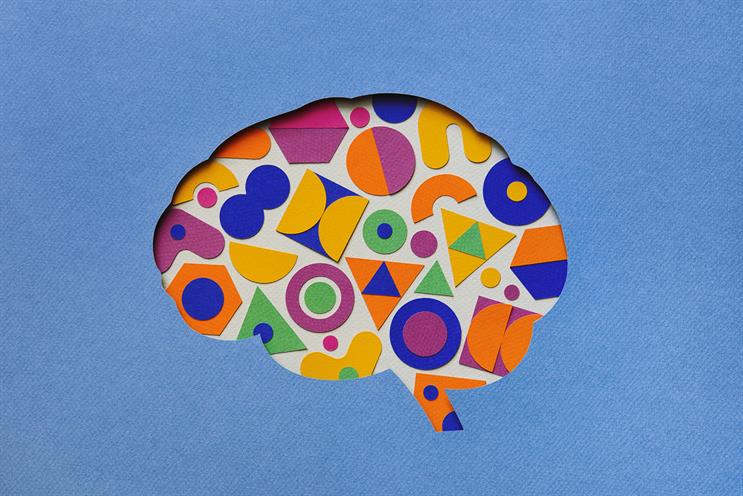
Customers’ wants and needs are in a constant state of flux. To keep up and stay ahead, a brand owner must constantly find new ways to serve its customers and enhance their experience. Done well, CX creates brand advocates - a powerful way to build a brand’s success.
One key to great CX creativity is understanding the psychology of brand loyalty: “an emotional concept with strong unconscious components not measurable through direct report”, as Joel Weinberger, psychologist and founder of research firm Implicit Strategies, describes it.
Understand why a customer chooses a brand, deduce their priorities and what motivates them, and you’re a step closer to understanding how to make them change their mind.
Another core component of great CX creativity is doing the unexpected.
“Creativity involves breaking out of expected patterns in order to look at things in a different way,” Edward de Bono wrote in The Use of Lateral Thinking. And when you apply creative innovation in the business context, this needs to be closely aligned with a human-first approach.
Or, as Amazon’s founder and chief executive officer Jeff Bezos puts it: “We innovate by starting with the customer and working backward – that becomes the touchstone for how we invent.”
Today’s consumers expect more from the brands they trust than people have expected from brands ever before. They want to know the brands they choose are taking care of the community (the brand owner’s employees and wider society), plus the environment and the planet.
For this reason, transparency, reliability, ease of use, customer service, personalised experience, meeting expectations, and conversational design are as important as price. Each helps build an emotional connection between brand and customer. And creativity can – and should – be applied to each of these things.
Creativity is, at its heart, the combining of seemingly incompatible ideas – the bringing together of things that may have nothing to do with one another in a new and engaging way. And this formula can be applied to customer service too.
Those brands that do both well, offering customers creative solutions to everyday problems, successfully turn customers into brand advocates for life. And the best creative solutions answer real needs and desires while being appealing and engaging, authentic and relevant.
An example of this is Carnival Corporation’s OceanMedallion which took guest experience to another level. Smart digital technologies were embedded into its ships’ physical environment which then connected with guests wearing a wearable OceanMedallion device.
Features range from the ability to order food and drink from the smart devices to portals that enable family games such as an interactive, shipwide, digital scavenger hunt.
The innovation also enables cruise ship crew to build one-to-one relationships with each of the thousands of passengers on board to deliver experiences that surprise and delight.
Volvo, meanwhile, has developed a new operating system that links all of its cars on the road, warning each other about changing road conditions and accidents.
Data, which can reveal what customers want and need, has a central role to play in achieving this. Yet, given that it can only tell us what they want and need based on what they already know, data can only take us so far. This is where creativity comes into its own, powering our ability to solve problems with innovative solutions.
Putting creativity at the heart of every experience we create – every service and product we design, every innovation we launch - and structuring teams to foster creativity and innovation organisation-wide while also aligning it all closely with strategy, is what delivers a clear, competitive edge.
What’s the secret to the most effective brand building? Be authentic, relevant, useful and engaging, and innovate with creativity to deliver the best possible customer experience. Just make sure it’s unexpected.


